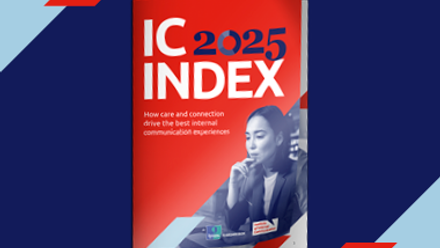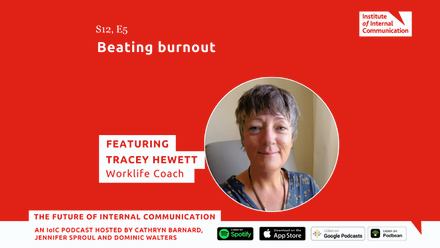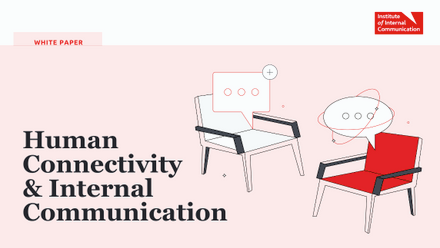But the global threat of the virus is still real. And we know we're still on thin ice.
For employers, encouraging their staff to return to the workplace is like walking a tightrope: one foot wrong, and there could be serious consequences. Planning and preparation are critical to a successful return.
So as the UK, along with many other countries, now eases its lockdown measures - and the drive to kick-start economic recovery builds - what lessons can the Brits take from their kiwi-counterparts?
Here are some insights based on our New Zealand experience.
Stagger Employees' Return
Here in New Zealand, many businesses have introduced a staggered return to work. The idea is that it's easier to manage social distancing and hygiene requirements with a smaller number of staff. There's no doubt bringing all employees back at once poses a significant threat when the virus is still out there. Many kiwi companies have introduced shifts and continue to support remote working if viable.
If there are subsequent waves of the virus, and rolling lockdown measures ensue, then staff have already adjusted to this flexible working arrangement and will be better able to cope.
Many businesses discovered during lockdown that it is possible to maintain operations and productivity with remote working. Having had the experience of home working, many employees are keen to continue. A recent University of Otago study of more than 2,500 people discovered that 89 percent of participants want to continue telecommuting post-lockdown, at least some of the time. And that 72 percent felt their productivity was similar or higher when working from home.
While some employees will be happy to get back to work, many others will be anxious and nervous. These staff may have underlying health conditions or have parenting and caring responsibilities. Moreover, some members of the workforce may have contracted the disease themselves or have lost family members, friends, and colleagues.
Businesses need to be sensitive and empathetic to employees' needs as any re-entry requires the full support of the workforce.
Health And Safety
Making sure the workplace is safe should be your first priority. A deep clean of the office will help to reassure staff that every precaution is being taken to keep them safe. And you will need to ramp up ongoing cleaning practices to ensure all common areas are regularly disinfected.
The new regulations in place around health, safety, and hygiene make developing office protocols the next priority. Staff need to know what's expected of them. And they also need to be reassured that systems are in place to keep them safe.
Make sure you have a ready supply of disinfectant wipes, hand sanitizers, soaps, face masks, and gloves. Be clear that anyone feeling unwell should stay at home. And reinforce messages about regular hand-washing and the etiquette around coughing or sneezing. If ever there's a time for consistent and to-the-point internal communications, now's it.
Furthermore, the rules around social distancing mean that team meetings, shared kitchens, and office equipment will be off-limits. Even the simple handshake is a no-go. Employees should be clear about company expectations around behavior.
Maintain Morale And Sustain Wellbeing
Looking after the wellbeing needs of employees is now more critical than ever. The future is uncertain, and for many, the pandemic will have increased feelings of depression and anxiety. Returning to the office after several weeks in lockdown isolation will be hard.
Gather together and share health and wellbeing resources with workers, including online checklists, helplines, and therapists. Encourage managers and employees to keep an eye out for each other.
Use every opportunity to promote morale. Keep company communications as positive as possible and celebrate every small achievement as a step in the right direction.
Furthermore, be flexible with work hours, at least at the beginning. Your staff will be grateful for the flexibility and empathy.
Encourage social interaction between employees. No doubt, during lockdown, you made extensive use of online communications platforms to keep everyone connected. Whether it's video apps, instant messaging, or #channels on the social intranet, these tools will be just as important post-lockdown. And they will help to bridge the divide between remote and HQ workers. Why not set up a #returntowork channel where staff can voice their concerns and share tips.
Plan And Communicate
The bottom line is the return to physical workplaces after such a long absence requires careful planning. Current policies and procedures will have to be reviewed and updated. New hygiene and social distancing requirements need thoughtful implementation. And staff should be kept involved and informed every step of the way.
Undoubtedly, the process of moving from crisis management to recovery will take time, compassion and patience. But you can make the return to workplaces as smooth as possible by implementing these lessons learned from New Zealand's experience.
_____________________________________________________________________________________________________
Additional Notes:
New Zealand went into lockdown for seven weeks from 25 March, and has become a global success story in containing the coronavirus, with fewer than 1,550 people infected and 22 deaths.
During lockdown, many workers experimented with working from home for the first time, and a University of Otago study of more than 2,500 people found the arrangement suited many.
According to the study 73% of people were "equally or more productive" when working from home, and 89% wanted to continue post-lockdown, at least part-time.
Despite 38% of respondents never having worked from home before, 66% of people found it "easy or somewhat easy" to adapt, with 82% saying they felt they had the right resources to do their job, although only 17% had all of those resources provided by their employer.
About MyHub:
MyHub Intranet Solutions is a world-leading, cloud-based software provider. Established in 2002, its software is used by organizations all around the world, of all sizes and across all sectors.






